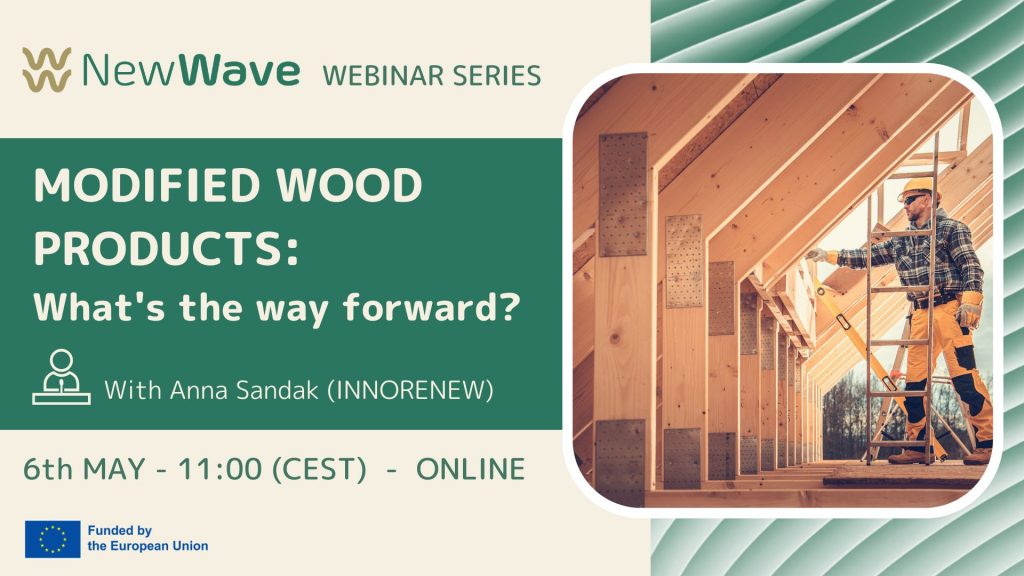
April 22, 2024


While searching the internet for the official definition of architecture, you can run into several options. There are probably as many definitions of architecture as there are architects. Some see it as art, some as science, some as a crucial part of our society, some as a political act, some as an expression of values, some as a language, some as beauty and some as a broad connection to all of this.
In any way that we understand this word, we can presumably all agree that architecture relates to buildings, construction, structures and objects. When we see a building, most will first notice the appearance, the aesthetic, the building’s look, the color, the shapes, the materials.
Thus, it is very important that when choosing the materials for a building we take into consideration both the aesthetics and the maintenance needs. In time, each material will change for several reasons; for example, a wooden house exposed to weathering effects will change its properties and color over time.
InnoRenew CoE researchers Dr Anna Sandak and Dr Jakub Sandak, who are sure that architecture and aesthetics are closely connected and, in fact, inspire each other, work closely with this topic in the CLICKdesign project. The main objective of CLICKdesign is to develop a performance-based specification protocol to enable provision of a software tool for architects and specifiers to embed service life performance specification for wood.
One of InnoRenew CoE’s primary tasks in the project is connected to aesthetics, with researchers developing software that will help both architects and users be able to see how a building will look in the future. With this, users will be more confident when choosing materials to use for their buildings.
You can read about other important factors related to building aesthetics and the crucial things we need to be careful about when choosing building materials in the article Aesthetics in architecture – how beauty and design are inspiring each other, written by Dr Anna Sandak and Dr Jakub Sandak and published at the BRE website.